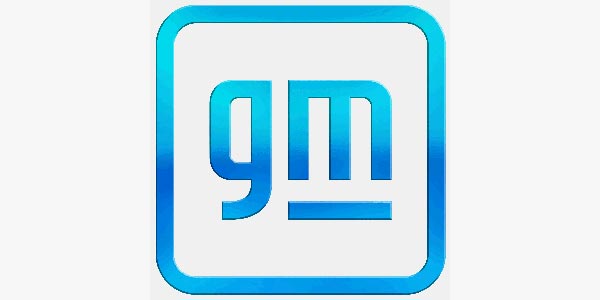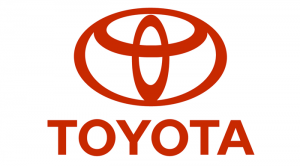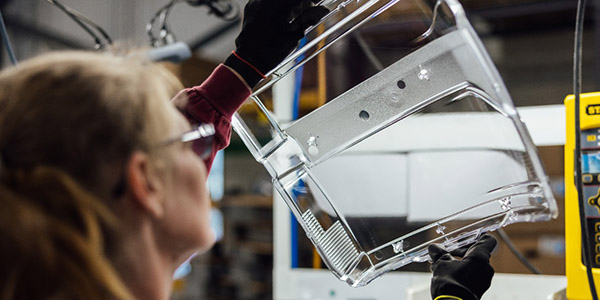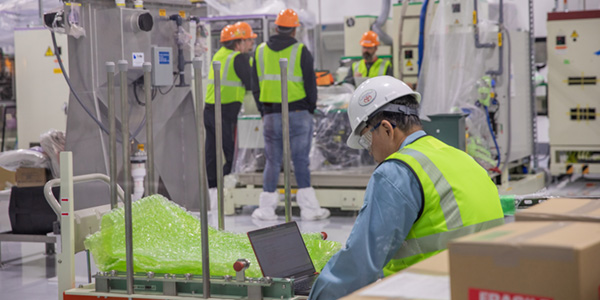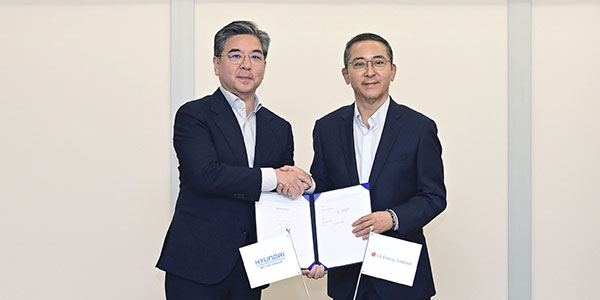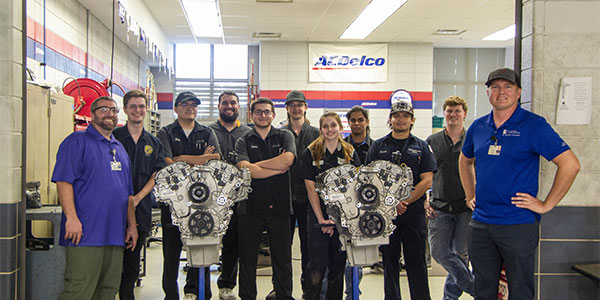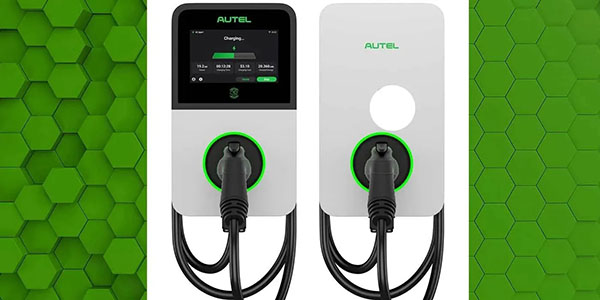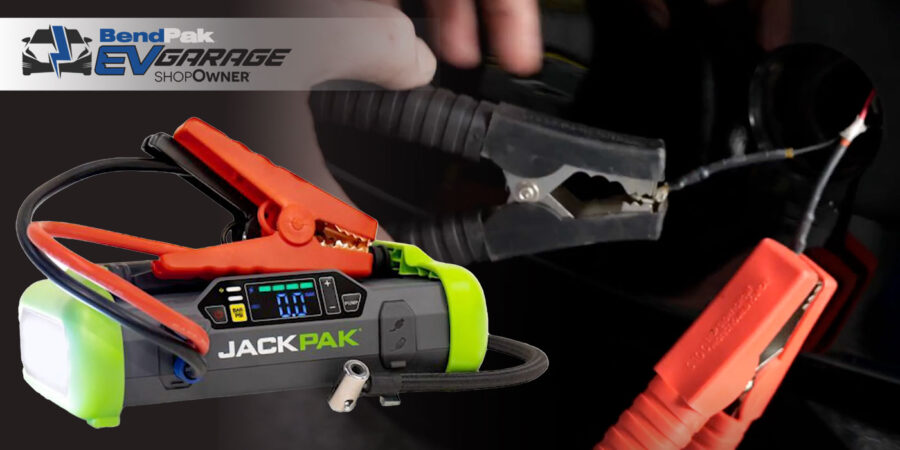Ford Motor Company has announced a number of collision repair requirements for the upcoming Mustang Mach-E and future planned Ford and Lincoln battery electric vehicles (BEVs).
The new requirements are part of the company’s ongoing effort to provide Ford Certified Collision Network (FCCN) shops with the tools, training and
information needed to provide quality and safe repairs, and all network shops will need to meet these requirements by Jan. 31, 2021.
The requirements for BEV certification include:
- Training/e-Learning: Eight I-CAR courses
- Service information: Access to the Ford Workshop Manual
- Personal protective equipment: Industry electric vehicle (EV) safety requirements
- Tools and equipment: Recommended to complete BEV collision-related repairs
The eight new training courses are the result of the continued collaboration between Ford and I-CAR.
“As Ford introduces exciting new EV and alternative-fuel market entries, including the 2021 Ford F-150 Hybrid (featuring a 7.2 kW generator) and the 2021 Ford Mustang Mach-E SUV, we are committed to ensuring thorough, up-to-date and relevant training for all technicians,” said Dean Bruce, collision marketing manager for Ford. “As a ‘Sustaining Partner
Program’ member, collaborating with I-CAR and its collision industry-leading training is one way we achieve this goal.”
In keeping with I-CAR’s new Professional Development Program 2.0 curriculum, all courses are offered online and can be completed in
approximately 60 minutes or less.
Utilizing the available service information is another key aspect of the BEV certification. For any collision repair that requires the removal of a high-voltage battery (HVB), for example, it is essential that Ford’s OEM repair procedures are followed, including using proper tools and equipment. Any deviation from the procedures in Ford’s official Workshop Manual can
result in damage to the vehicle or the HVB.
All FCCN centers receive access to motorcraftservice.com as part of their annual certification, where the Ford Workshop Manual and other important resources can be accessed.
Collision repairers who do not have the required tools and equipment needed to remove the HVB can work with a Ford or Lincoln Electric Vehicle
Certified Dealer Program member for HVB removal.
Recommended personal protection equipment includes high-voltage gloves, on-vehicle signage and an electrical safety rescue hook, while other
recommended tools and equipment can be found on rotunda.service-solutions.com.
Shops interested in enrolling in the Ford Certified Collision Network, or updating existing profiles, can click here.



